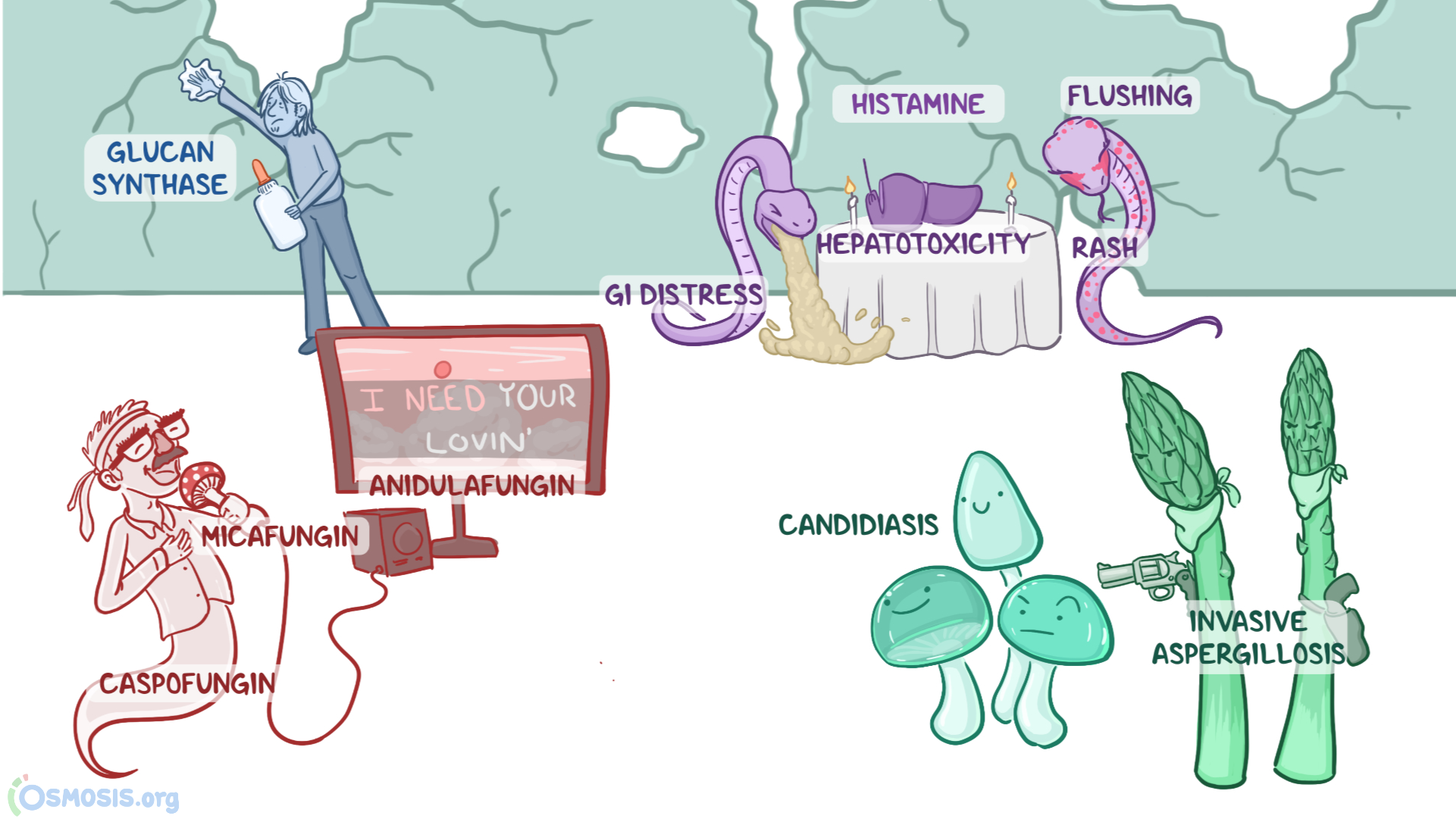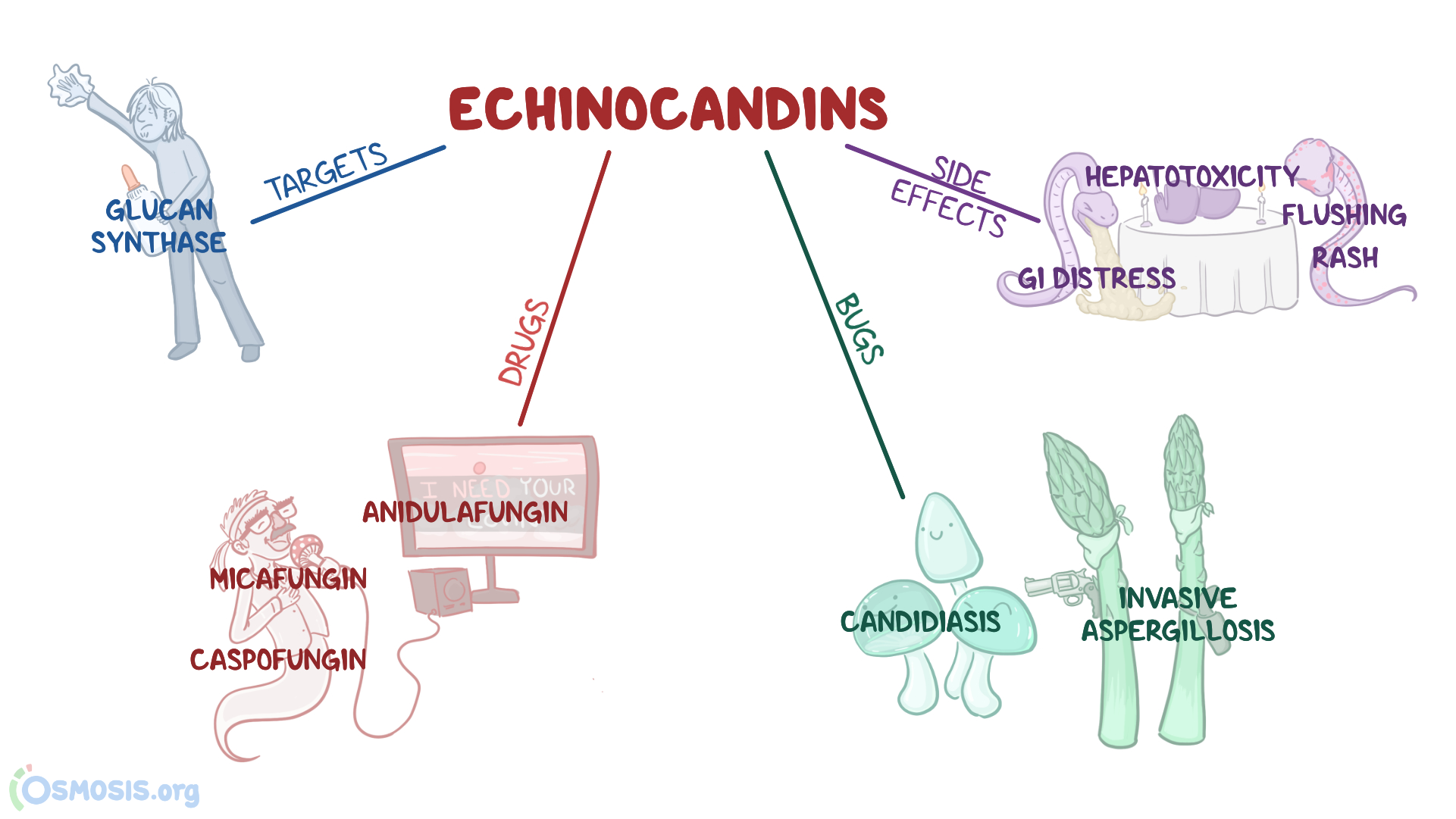Last Updated on June 26, 2022 by Laura Turner
Welcome to the final part of our blog series exploring proven study strategies used by Osmosis to make learning medicine easier for students. (See earlier posts in the series to learn about spaced repetition and test-enhanced learning.) Today we’re looking at the memory palace and how Osmosis applies technique to make it even more impactful for learners.
What is a memory palace?
Also called the method of loci (loci is Latin for “place”), a memory palace is a memorization technique that uses an imagined physical space to house abstract information. Students use memory palaces to facilitate information storage and retrieval by taking a familiar space and populating it with mnemonics that they can easily draw from.
Memory palaces work well because our brains are naturally predisposed to remember concrete pieces of information like images and locations, rather than more abstract concepts like names or numbers. So how do you go about building one?
Building a memory palace
In terms of making a memory palace, it’s always important to pick the right material to apply this learning tool—typically, you want to pick something where the learning objective is really clear, like learning the steps of a process or a list, such as the cranial nerves, or structures that arise from the pharyngeal arches during embryonic development.
When you’ve decided on the list of items you want to memorize, you need to pick a place that you’re familiar with. It can be any place you know—the gym, a store, or even somewhere imaginary you’ve dreamt up or seen on a TV show.
Next, you can start identifying specific spots (loci) in that place—the bed, a rug, a window, or whatever else sticks in your mind easily.
Once you’ve chosen your loci, you have to create images for each term you’re trying to remember. You might go with “sounds like”: for example, “papule” sounds like “papa” and “mule”, so you can imagine a excited new dad riding around on his baby mule. Another trick is to go with “looks like”: for example, a parietal cell looks like a fried egg. Finally, you might try “seems like”, for example, taking sedative medication and feeling drowsy seems like what a bear might feel while hibernating through the winter. Don’t overanalyze which trick you’re using—pick whatever first springs to mind!
Recently, we’ve been helping students build memory palaces to make it easier to learn about concepts in pharmacology. Memory palaces are particularly helpful for memorizing different drug classes and their effects, as they help you quickly figure out what medications to prescribe while ensuring you remember any potentially adverse side effects.
Let’s jump in with an example.
It’s karaoke night at Club Echinocandin

Osmosis made a karaoke-themed memory palace for remembering echinocandins, a class of antifungal drugs that inhibit the proliferation of glucan in the cell wall.
It’s karaoke night for Caspo, the ghost of a fun guy who represents caspofungin. He’s singing into a mushroom-shaped microphone, for micafungin. On the karaoke screen the lyrics read, “I NEED YOUR LOVIN’”, representing anidulafungin.
In the background, the walls of the karaoke bar are breaking apart, and a guy is trying to fix the cracks with glue. This represents glucan synthase, the target enzyme for these drugs.
The audience represents the indication for echinocandins, so there are some candy mushrooms for candidiasis, and a few gun-wielding asparagus, for invasive aspergillosis.
For side effects, we’ve got two sickly snakes on date night, since the symptoms are caused by hissssss-tamine. One snake is covered in red polka dots representing a rash, and her face is flushed red since she’s shy; the other snake has food poisoning and is vomiting profusely. This is because their dinner is a big chunk of undercooked liver, representing hepatotoxicity.
Why you should build memory palace of your own
Memory palaces like the one we just described are like scaffolds for abstract information that help you retain large numbers of facts. If the prospect of drawing something out intimidates you, don’t worry—your imagination works just as well.
With memory palaces, you have to spend a little more time studying in the beginning, but this investment pays off. You’ll end up forgetting less, and dreaming up fun or nonsensical images makes learning more enjoyable and adds a little flavor to your study routine.
Even though making your own memory palace can take time, studies have shown that it’s worth the effort because the memory palace is more personalized and therefore easier to remember. Having said that, the difficulty of the material really matters, and for difficult information and concepts really well-crafted memory palaces are likely to be more accurate and of higher quality.
How Osmosis is advancing the concept of memory palaces
So, we’ve established that memory palaces are good for memorizing information, but there’s a limit to how many mnemonics you can keep track of. The more ideas you’re trying to contain in a memory palace, the more difficult recall becomes.
While working on pharmacology videos, our script manager, Dr. Yifan Xiao, came up with an ingenious idea to solve this problem. He decided to integrate the concept of memory palaces with mind maps, diagrams that visually organize different sets of information to show the relationships and hierarchies between them.

Rather than having all the drug names, side effects and drug interactions as part of the same memory palace, Osmosis’s pharmacology videos compartmentalize these different pieces of information into different areas on the same map, each with their own associated colors, story elements, and so on. By having an area for drug names and their associated images, side effects and their associated images, and so on, the information is more organized and easier to review, helping your brain organize and connect concepts.
To learn more about memory palaces and other optimal study strategies for medical and health education, visit osmosis.org.
Additional Resources
Memory palaces have recently been popularized by the book Moonwalking with Einstein by Joshua Foer, a journalist-turned-memory champion. Osmosis has worked closely with the following individuals and companies who we recommend you also check out if you’re interested in memory palaces:
-
- Alex Mullen, a three-time memory world champion and medical student (https://mullenmemory.com/)
-
- Sketchy Medical (https://www.sketchymedical.com/)
- Picmonic (https://www.picmonic.com/)

